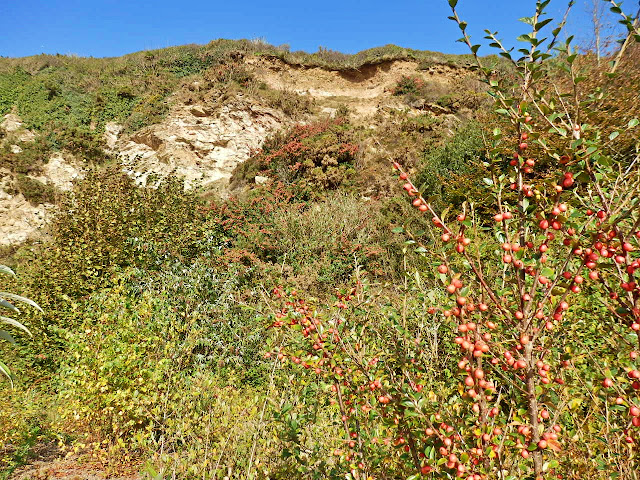While wandering around St.Austell, Cornwall I remembered the Masonic Hall and snapped a few quick photos. The Hall was built in the year 5900 as can be seen in the photo below. Yes 5900!
The date is also shown below.
AL stands for 'Anno Lucis' and when translated from the Latin means 'Year of Light'. This is a calendar often used by Freemasons.
As I understand this, the Year of Light refers to Genesis in the Bible where God said, "Let there be light." Creationists and many old Bibles give this as happening in the year 4004 BC but the Mason's calendar places the 'event' at the year 4000 BC, which ties in with the often quoted theory that Jesus was actually born in 3 or 4 AD.
Whatever the reason AL is 4000 years different to the calendar popularly used today, so we are now in 6019 AL.
The hall is of the Mark Master Masons.
The Mark Master Masons have been on record since 1756 when a 'brother' was first mentioned as being made a Mark Mason at the Newcastle Masonic Lodge.
As with Freemasons the Mark Masons have various degrees
So why would anyone want this Mark Master Mason's degree? On literature I have seen they give three reasons.
"Firstly, it greatly enhances his knowledge of Craft Masonry. Secondly, it teaches, in a delightful way, many important practical lessons about life. Thirdly, it gives a greater appreciation of the Royal Arch and provides an essential qualification to other Orders of Masonry."




























































